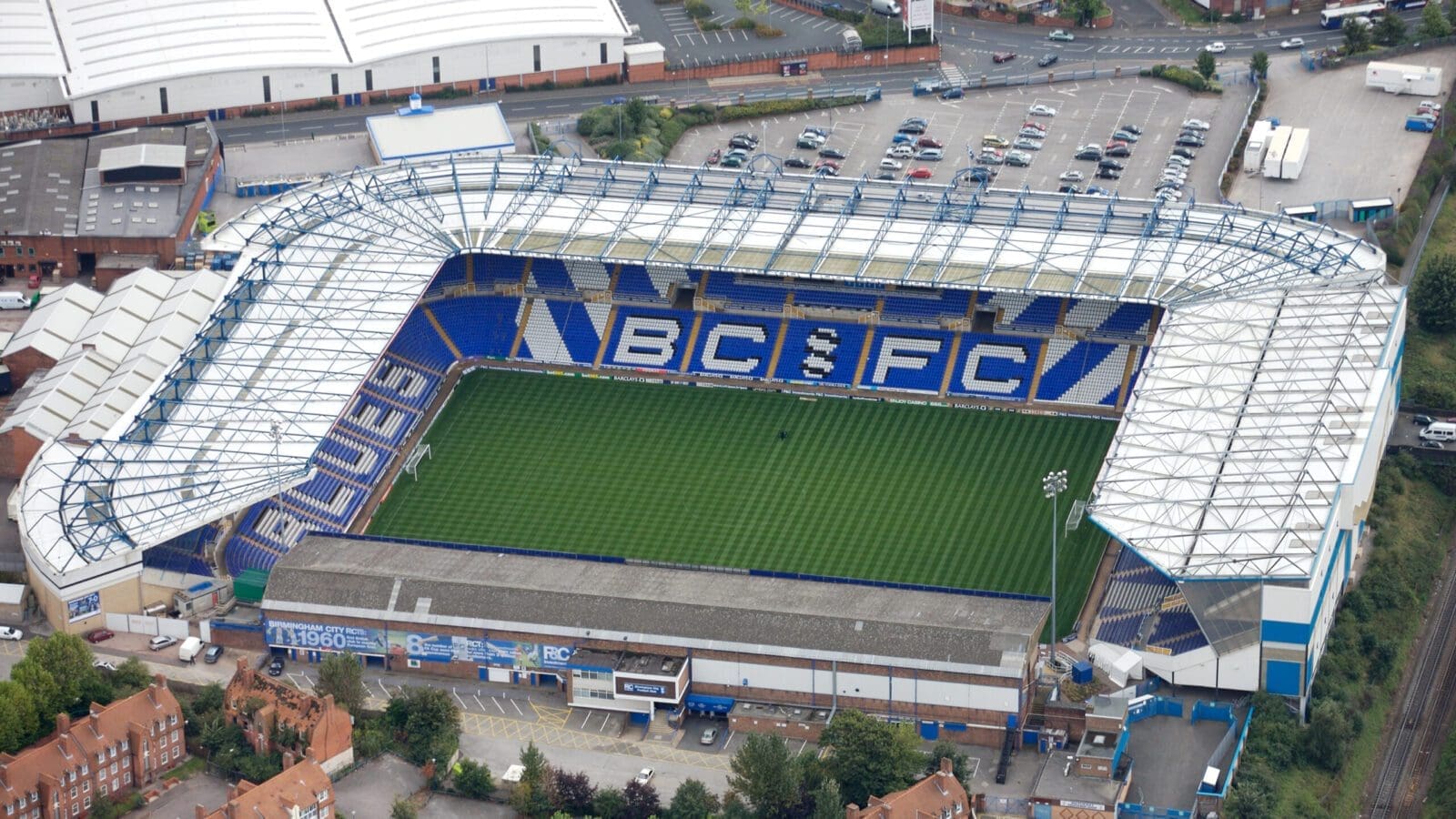Tony Mowbray returns: Managers, clubs, and the danger of flip-flopping

Tony Mowbray’s arrival at St Andrew’s has finally got Birmingham City fans smiling again.
The Blues faithful will wish they could use a Neuralyzer from Men in Black to eradicate the memory of Wayne Rooney and his disastrous three-month reign, but now they can look ahead to the rest of the season in safer hands.
This appointment arguably goes against the grain in the increasingly fashionable Championship. Long-gone are the days of Tony Pulis and Steve Bruce barking their way up and down the touchline, and instead fashionable, young managers such as Kieran McKenna and Enzo Maresca rule the roost.
Even struggling Sheffield Wednesday have hired one of Europe’s hottest prospects - with 34-year-old German Danny Rohl leading an unlikely resurgence up the table at Hillsborough. But surrounded by fashionistas, giant quiffs and gegenpressing, there’s still a place for Mowbray in the second tier.
His soft and measured persona, with a particular fondness for Jaffa Cakes, has consistently featured in the Football League ever since he joined Coventry City in 2015. Now 60, it would be easy to throw Mowbray into the ‘dinosaur’ category of managers who have fallen by the wayside in recent years, but like theropods, he’s evolved and survived during his career.
Birmingham City Championship odds:
It would be disrespectful and downright wrong to say his football is outdated just because of his age. Last season, he led a practically prepubescent Sunderland side to the play-offs, and he did so without a recognised striker after Ross Stewart picked up another long-term injury.
With Amad Diallo, Patrick Roberts and Jack Clarke, Mowbray moulded Sunderland into one of the most exciting and fluid attacking teams in the division. They needed a win on the final day to make it into the top six, and went and thumped Preston North End 3-0 away from home. Then they beat Luton Town at home in the first leg of the play-off semi-final before succumbing to the pressure at Kenilworth Road.
The Sunderland job was a good fit for Mowbray, but there was always the underlying feeling he wasn’t popular enough with the ambitious board. He was a hit with the Black Cats faithful but was sacked in early December with the club in ninth, just three points outside the play-offs. Since then, Michael Beale has come in, and despite heavy home defeats to Coventry City and Newcastle United, and a cloud of negativity from the home fans hanging over him, Sunderland now sit sixth.
His appointment in the north-east, and the fact that Birmingham have chosen Mowbray as Rooney’s successor, evidences two clubs who don’t really know what they want. There’s no continuity between those managers in terms of style of play.
Clearly Birmingham panicked with Rooney, and sacked him before he was allowed to get his feet under the table, but if they wanted to land a manager like Mowbray, they could have tried to do so over the summer. They’ve hired out of circumstance, rather than long-term thinking. He wasn’t even available when they sacked John Eustace!
It’s something we’ve seen replicated across the top two leagues. Leeds United went from Marcelo Bielsa to Jesse Marsch, and then panicked with Sam Allardyce before Daniel Farke came in. Southampton looked like they had a system in place, first moving from Mauricio Pochettino to Manuel Pellegrino before they went rogue and brought in Mark Hughes.
Ralph Hassenhuttl steadied the ship before the permanent appointments of Nathan Jones and then Russell Martin. Now, this isn’t a scalding appraisal of the differences between European and British coaches, but there is clearly a lack of long-term planning if Hughes is the answer. Even the tactical differences between Jones and Martin prove that Southampton had strayed away from the vision that had served them so well in the Premier League. Jones is a combative, aggressive manager who battled his way up the leagues with a three at the back system, whereas Martin dominates possession with a 4-3-3.
Clubs flip-flopping between managers and their distinctive styles is simply never going to breed stability. Swansea City are a club who deserve praise in that aspect, as at least you can understand what they are trying to do and how they are going to play, no matter who is in charge. Graham Potter, Steve Cooper, Russell Martin and even the recently-departed Michael Duff all try to play the same style of football, and Luke Williams also fits that mould.
Swansea are never going to be the biggest spenders in the division, so they have to try to find the edge elsewhere. They’ve decided that attacking possession-based football is the way to go and now they are only appointing managers who fit into that style. It’s the dog wagging the tail, rather than the other way around.
That means that the players brought into the club under the last few managers should still suit the style of play of the new gaffer Luke Williams. Instead of letting one man lead recruitment and then being left with unwanted players who don’t fit when he leaves (here’s looking at you, Manchester United), Swansea should have the building blocks in place for long-term success.
It would be easy to suggest that they are currently failing given they are 16th in the Championship table, but these blips in form should be manageable due to their long-term strategy. For now, there’s a place in the second tier for all. For the fashionable European newbies, for the promising British coaches, and for Tony Mowbray.
Now Birmingham City can reap the rewards of his very safe, biscuit-coated, pair of hands.
Check out our other Football Betting Tips here.














